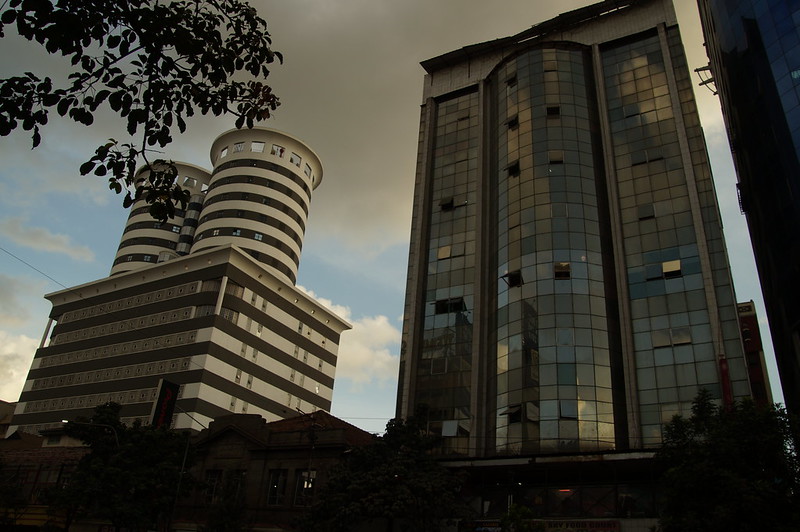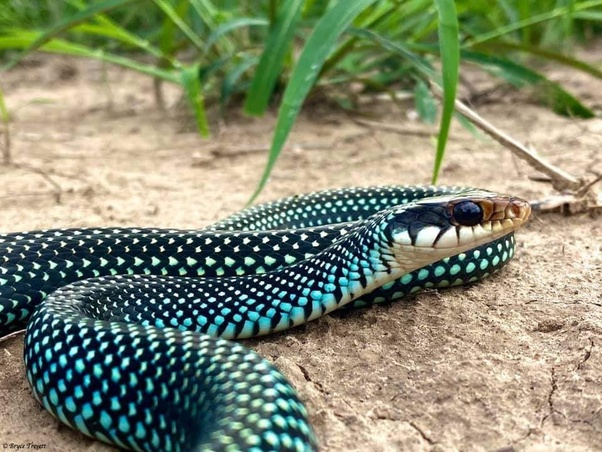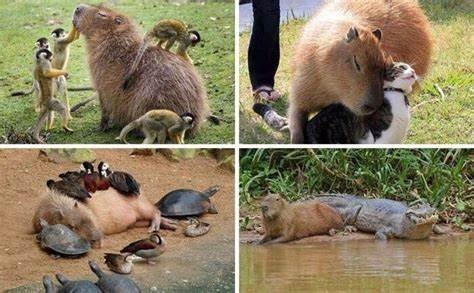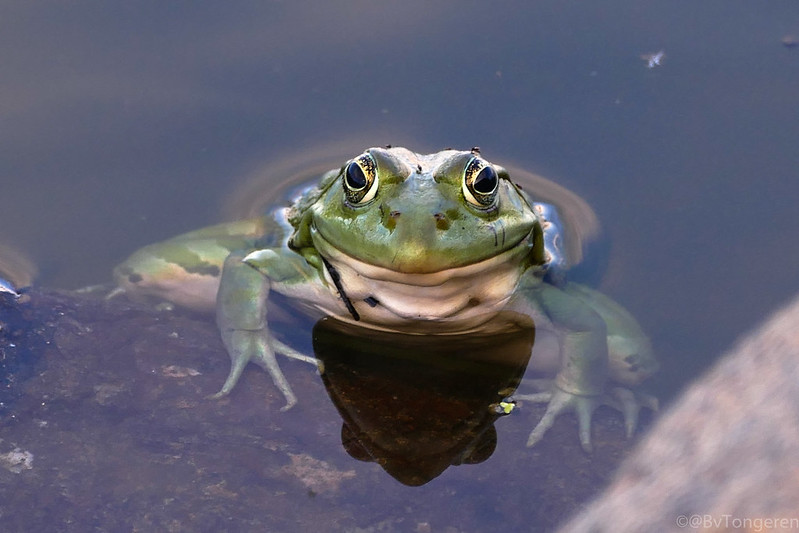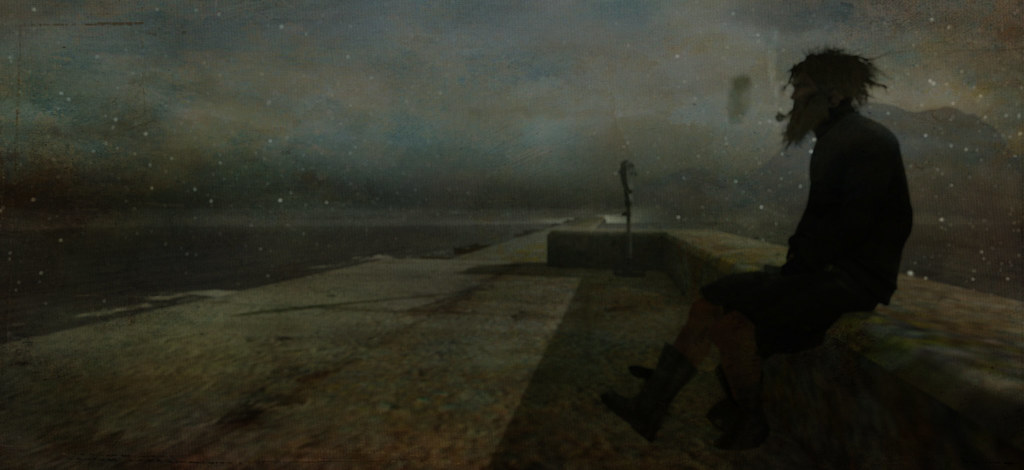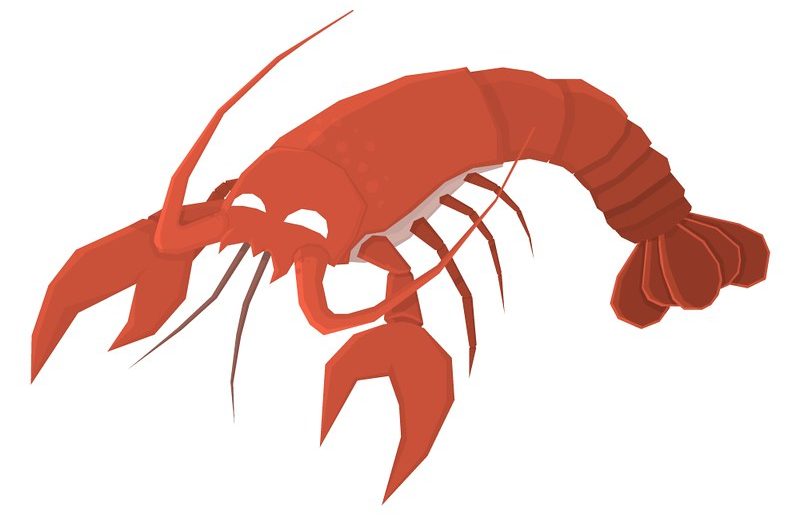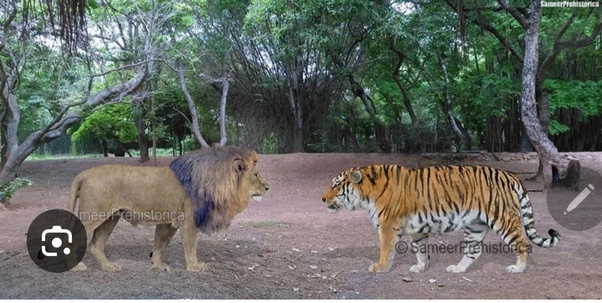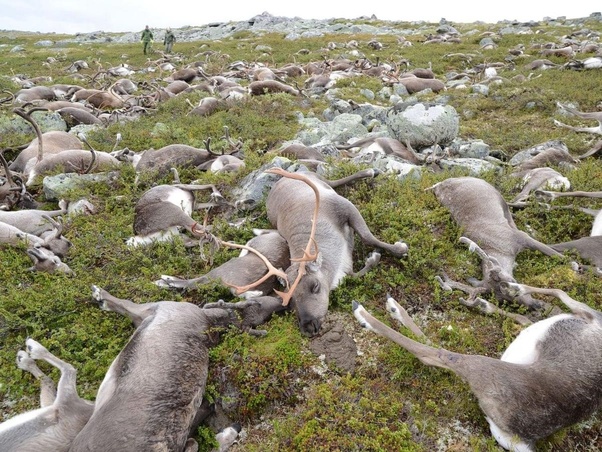
In August 2016, a devastating event occurred on Hardangervidda, Norway, when lightning struck a mountain area, resulting in the tragic loss of 323 reindeer. What followed after this natural disaster was a fascinating ecological phenomenon that highlighted the intricate connections between different species and the processes of nature.
Instead of intervening, the authorities made a conscious decision to let nature take its course, allowing the carcasses of the reindeer to remain on the plain. This decision created what is known as the “landscape of fear,” a term used to describe the spatial variations in animal behavior based on their perception of predatory risk.
The rotting flesh of the reindeer became a powerful food lure, attracting various scavenger birds such as crows and eagles. These birds fed on the carcasses, consuming the meat and contributing to the decomposition process. As a result, the plain was filled with a multitude of scavenger birds, creating a unique sight and a natural spectacle.
But the story doesn’t end there. The presence of the scavenger birds and their feasting on the reindeer carcasses had a cascading effect on the ecosystem. As the birds consumed the meat, they also expelled waste that contained seeds of various plants, including black pea seeds. These seeds, which are not typically found in the area, were spread around the carcasses through bird feces.
Researchers studying the aftermath of the disaster collected 24 fecal samples from the scavenger birds and discovered that 21 of them contained seeds of the black pea plant. This finding highlights the role of flora in the process of environmental recycling. The carcasses provided a rich source of nutrients for the scavenger birds, who then spread the seeds of the black pea plant, allowing it to take root in an area where it wouldn’t normally grow.
This ecological event on Hardangervidda showcases the intricate web of interactions between different species and the importance of understanding these connections for a comprehensive understanding of ecosystems. The “landscape of fear” created by the presence of the scavenger birds and the subsequent environmental recycling through seed dispersal demonstrates the dynamic and adaptive nature of nature itself.
In conclusion, the lightning strike on Hardangervidda, Norway, in August 2016 resulted in the loss of 323 reindeer. However, the aftermath of this tragedy revealed the fascinating phenomenon of the “landscape of fear” and the process of environmental recycling. The scavenger birds attracted to the rotting reindeer carcasses not only fed on the meat but also spread the seeds of the black pea plant, contributing to the ecosystem’s regeneration. This event serves as a reminder of the intricate interdependencies in nature and the resilience of ecosystems in the face of adversity.
